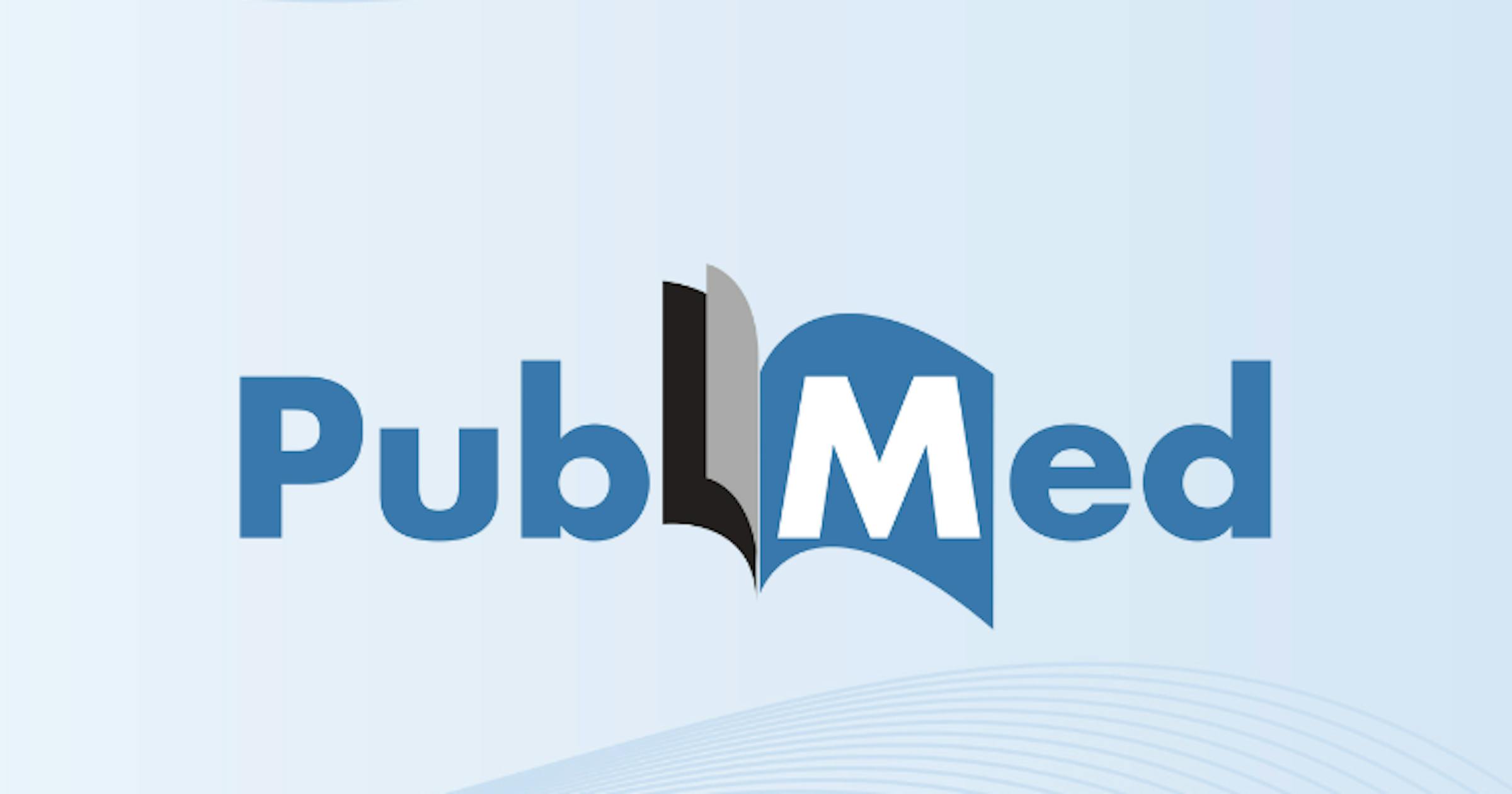
Literature review methodology: a practical guide for health students
05/21/2025

In an ever-evolving medical environment, staying informed of the latest advances is essential. Document monitoring allows healthcare professionals and researchers to keep up with new developments, strengthen their practices, and support their clinical decisions with up-to-date data. Discover why and how you should incorporate this approach into your daily routine.
Medical document monitoring involves tracking, selecting, and analyzing recent scientific publications within a specific field. This includes:
Thanks to digital tools and artificial intelligence, this monitoring process can now be automated and targeted according to your areas of interest.
Guidelines and protocols evolve rapidly. Document monitoring ensures that you apply the most recently validated treatments, anticipate changes, and adjust your practice accordingly.
By integrating the latest data from medical literature, healthcare professionals enhance the quality of their patient management, relying on up-to-date, validated, and contextualized data.
Some therapeutic approaches and medical innovations emerge before their official integration into guidelines. Document monitoring allows you to:
When faced with complex clinical situations, having access to recent publications allows you to compare therapeutic options and make informed, evidence-based decisions.
Regular monitoring also makes it easier to:
Focusing on the pathologies, specialties, or research fields for your document monitoring helps avoid information overload and ensures relevance.
It is essential to rely on reference medical databases and journals such as PubMed, Cochrane Library, or specialized platforms like PaperDoc.
Medical monitoring platforms and AI-enhanced scientific search engines now make it easier to find, sort, and summarize relevant publications.
Setting aside dedicated time each week or month to review new publications and update your knowledge helps maintain effective, structured monitoring over the long term.
Integrating document monitoring into your medical practice has become essential to ensure care that is up-to-date, relevant, and based on the most recent data. This approach also helps anticipate innovations, strengthen clinical decisions, and highlight your research work.
With specialized tools like PaperDoc, this monitoring becomes accessible, customizable, and less time-consuming, while maintaining a high level of scientific rigor.
Do you want to keep abreast of the latest medical developments in your field? PaperDoc searches, filters and summarizes the scientific literature for you
Register for free
05/21/2025

05/21/2025

05/21/2025

05/21/2025

04/10/2025